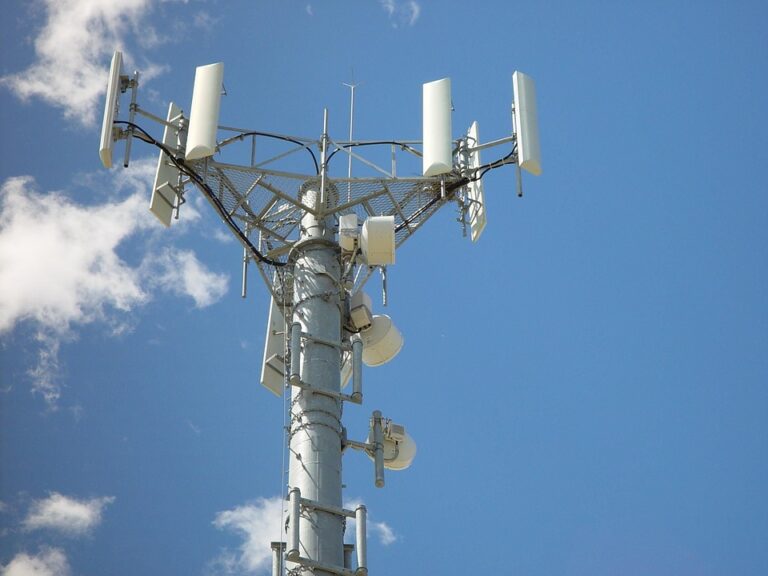What is the safest distance from the 5G cell System?

If you've ever walked through a town you might have noticed tiny cell towers for 5G on street light poles. They appear like tiny boxes however, they're actually transmitting wireless signals from mobile providers to your phone.
They are replacing larger built cell towers. Although they're not as visible but they can still cause issues for users.
A of the FCC's Radiation Exposure Thresholds
The FCC's Radiation Exposure Thresholds determine the safe distance that a person can be exposed to electromagnetic radiation from wireless devices. what is a safe distance from a cell tower are based on research which show that the energy of RF can be harmful to health.
The specific absorption rate (SAR) is an indication of the amount of radiofrequency energy absorbed by tissue. It's usually 1.6 milliwatts per kilogram spread over a Gram of tissue.
But, since 5g operates at higher frequencies this could be able to increase the intensity of energy on the skin as well as other body parts. This can lead to many potential harms, including exacerbated appearance of skin conditions such as dermatitis and skin cancer and cataracts.
Due to the potential for harmful effects of radiation from 5G, PSU has chosen to set a general localized limits on power density, which is 4mW/cm2 measured across 1 centimeter, and never to exceed 30 minutes for all 5G services running at 3000 GHz. This limit for localization is in line with the highest spatial-average SAR of 1.6 W/kg, which is averaged over 1 g of tissue at 6 GHz.
The FCC's Maximum Exposure Thresholds for Maximum Exposure

If you've ever used a cell phone, you're probably aware that a safe range from the tower should be at least 400 meters away. This is because the power of the transmission of the cell tower is significantly increased the farther the tower is.
While it sounds like a good idea but the truth is that people living in close proximity to towers may actually be more susceptible to health problems. For instance, a study conducted in 2014 in India discovered that people who lived within 50m of cell towers experienced significant more health issues than those who were distance from them.
But, the study found that people who moved to areas further away from the cell towers saw their symptoms improve within a few days. Other studies have revealed that exposure to high frequencies of radiofrequency electromagnetic fields (EMFs) could cause brain tumors, cancer and other health issues.
Look at more info is due to the fact that radiofrequency radiation, used for wireless communication, has the ability to penetrate the body's outer layer, which is the skin. safe distance from cell tower is important to understand since the skin functions as a shield against injury to the body, infection from pathogenic microorganisms, as well as infiltration of toxic substances. The skin is the most important organ of the human body and is responsible for maintaining the integrity of other organs.
The FCC's Minimum Exposure Thresholds
The FCC's Minimum Exposure Thresholds are based on numerous assumptions that are not supported by scientific research. This includes the false assumption that exposures of a short duration to RF radiation are safe because of the minimal penetration into the body (i.e. thermal heating of tissue).
The assumption also ignores the more extensive penetration of ELF components of modulated RF signals and the consequences on the body of short bursts from pulsed RF waves. These assumptions do not correspond with the current understanding of biological effects of RF radiation. Therefore they shouldn't be used for health protective exposure standards.
In addition there is the fact that both ICNIRP and FCC restrict their maximum exposure limits to local peak SARs, based on the peak frequency of absorption (psSAR) which is not a reliable dosimetric instrument for determining the level of exposure to RF radiation. In particular, psSAR is inaccurate when frequencies exceed 6 GHz. Additionally, psSAR hasn't been evaluated for RF radiation with co-exposure to other agents of the environment such like sunlight. In the event of interactions, RF radiations with different environmental agents could produce synergistic or antagonistic results. This can lead to the risk of having adverse health consequences. For instance, exposure to RF radiation and sunlight could raise the chance of developing skin cancer and exacerbate other skin conditions like acne.
